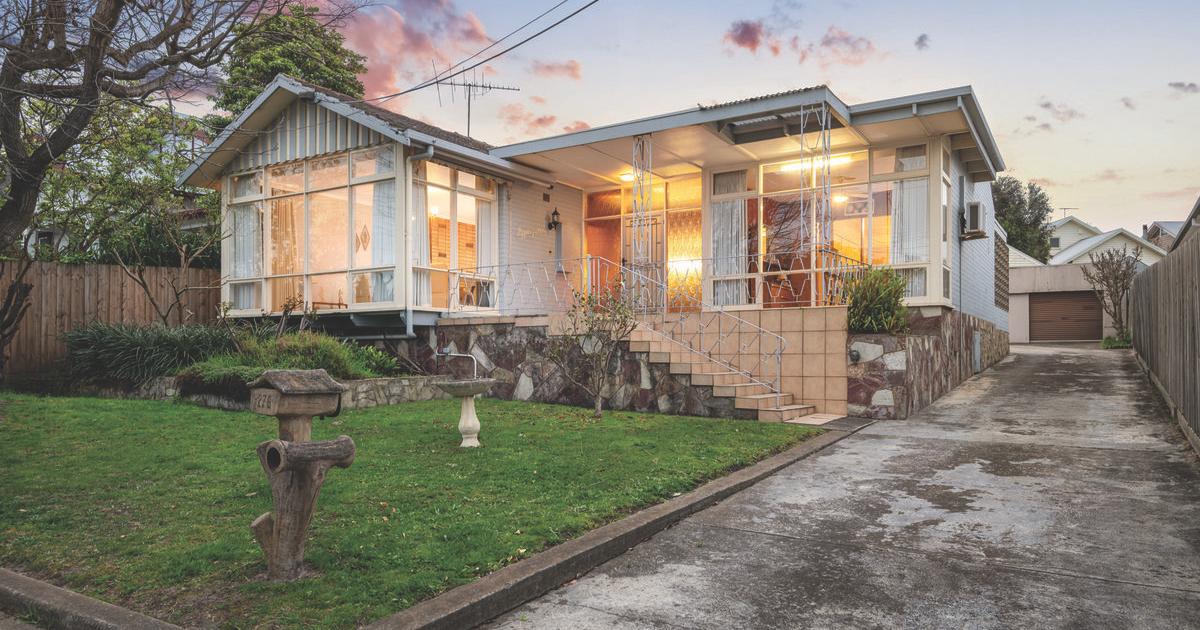Torquay now a vibrant bustling community
TORQUAY, originally known as Spring Creek, has come a long way since it once formed part of Springs Station owned by Henry Tait back in 1841.
By the mid 1860s, parts of the Spring Creek area had been subdivided into 25 large allotments, with names such as Follett, Frivett, White, Noble and Gilbert becoming land owners.
Originally an agricultural and fishing town, Spring Creek was soon to become a popular picnic spot for visitors from Geelong.
The first residential land sales were held at Henry Bannister’s Auction Mart in Geelong on September 14, 1886.
Soon after this, new homes started popping up within the township subdivision with Harry Rudd’s corrugated iron house, and the Taylor brothers’ pre-cut two-room shacks being some of the first.
Construction of a new road from Mount Duneed around 1888 led further land sales and in 1892, after lobbying from the Spring Creek Improvement Association, the township names of Puebla and Spring Creek were replaced with the name of Torquay, after the English township.
Finally gazetted in 1952, Torquay began to grow with the take-up of the motor car providing easier access, and the opening of the first section of the Great Ocean Road in 1922.
There was no looking back from that point,as Torquay became popular with visitors and holidaymakers, many of whom built holiday homes in the town.
Popular with western district pastoralists and city holidaymakers, Torquay remained dominated by holiday homes until the 1990s, when resident home owners finally outnumbered absentee owners. Today’s permanent resident rate sits at close to 73 per cent.
The big real estate push started from 2000, with most of the ‘90s seeing the median house price mostly below $140,000 and vacant land from $28,500, which in some cases included a free holiday to Bali.
These prices nearly tripled through early 2000s with continued increases that see today’s median house price for Torquay now sitting at just above $730,000 (showing further growth since June).
McCartney Real Estate director John McMahon said the housing market has been very much on the move through the winter months.
“We are seeing buyer interest at a premium, in turn, driving the median price average up considerably.
“Another strong factor contributing to the improving market is the very strong push to secure titled vacant land, with the scarcity again contributing heavily to the increase.
“The market remains very buoyant, and even though a number of properties will be listed over the ensuing weeks, it is our belief that the demand will still be very strong, resulting in a very active spring and summer market.”
The permanent population of Torquay (excluding Jan Juc) has just pushed through the 14,000 mark, with the majority of that number now living in rapidly developing Torquay North.
Bringing land to market from multiple development fronts in the late 2000s nearly halved land prices and helped facilitate young families, retirees and downsizers to make Torquay their home.
Like it or not, the town has grown, and with that the average age of the population has dramatically reduced from an ageing retiree community to a vibrant town of younger families with the median age just under 40.
Overall Torquay has benefited by development, although there is an element that continue to moan about the direction Torquay has gone, or is heading. The truth being that even these people can be seen using all the new infrastructure, businesses and facilities that have directly resulted from the town’s growth.


















